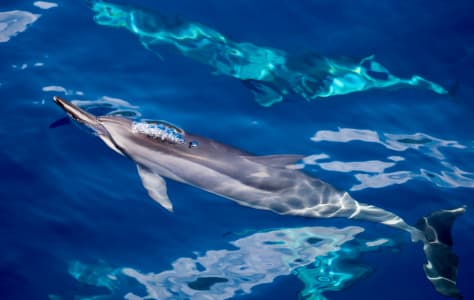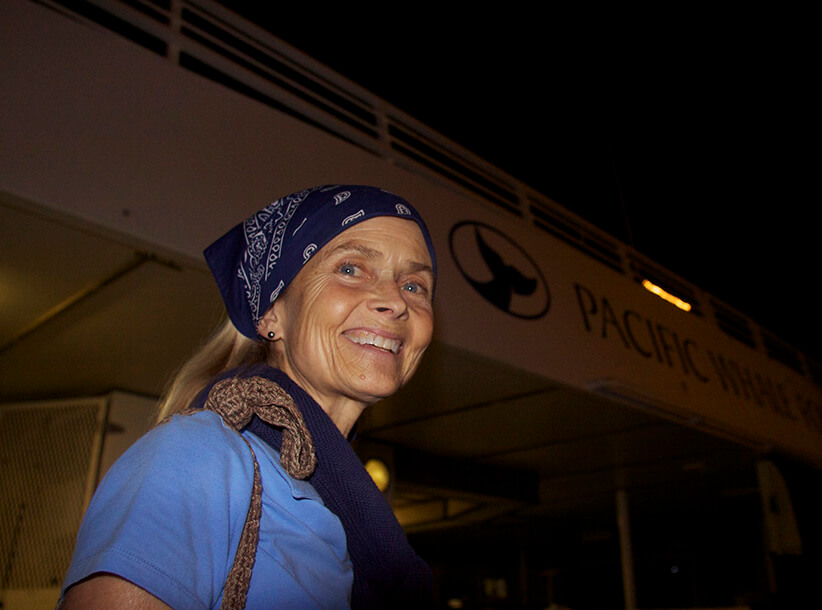
Guest post by international award-winning astronomy writer and speaker Harriet Witt, your guide to the stars onboard our Sunset & Celestial Cruise.
Featured image from Selket Kaufman
Psst! You… yeah you… are a passenger on a planet… on a blue-green planet… that’s orbiting a golden star. Our planet is tilted over as it travels around the sun, so we have seasons. And now, we’re in the season of the ho’o ilo--Hawai‘i’s rainy time. In the Hawaiian language, there are 138 words for different kinds of rain. There’s ua – rain in general. There’s ua li’i li’i – drizzling rain. There’s lele ua – windblown rain. And then there are ho’o loku loku, ha’a loku loku and ku noku noku, which, as you can hear, are pounding, deafening downpours.
You can survive without food for weeks, but if you have no water, you’re a goner much sooner.
“By water all things find life”
says the native Hawaiian wisdom that we hear on the radio and see on our water bills. Yes, water washes away our dirt, it cleanses our wounds, and it also washes away our troubles. If you say the Hawaiian word for water twice you’re saying wealth. Wai is water. Wai wai is wealth. If all of us on this planet defined wealth this way, then future generations of us might still be here.
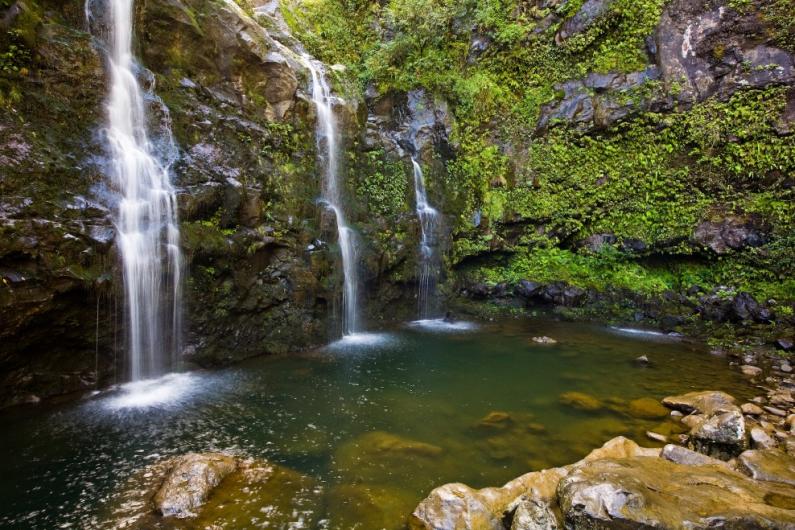
As special as water is, it’s not unique to Earth. Saturn’s rings are zillions of frozen water droplets sparkling in the sunlight. The Orion Nebula, which you can see in the constellation of Orion, is generating water at a rate fast enough to re-fill all of our Earth’s oceans every 24 minutes. Since the Orion Nebula’s light takes 1,400 years to reach us, you can imagine how long it would take us to tap into that water!
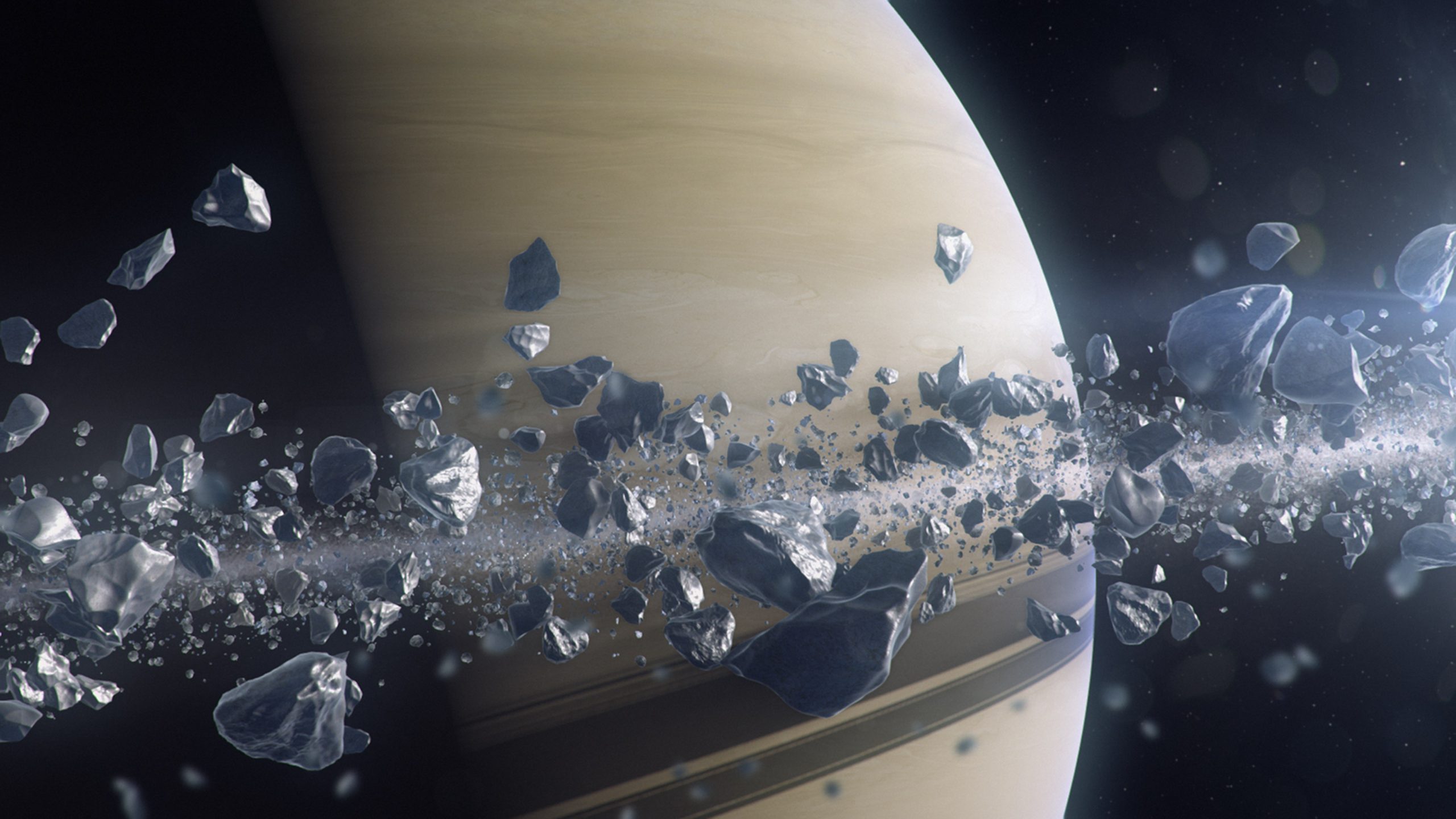
Nobody knows how water arrived on our planet—or if it was spontaneously generated here—but we do know about the water in your mouth. Now, you might want to take a moment to feel the saliva on your tongue and to feel the saliva under your tongue that your salivary glands are secreting. Actually, if you think about your salivary glands, you’ll salivate. This water hasn’t always been in your mouth. Nor will it stay there. Before you drank it, it was rain, it was cloud, it was mist, it was lake, ocean, river, stream. It was ice, it was snow, sleet, hail, glacier, or maybe even steam. This morphing and moving of H20 is called our world-wide water cycle.
In 2008 half of the food in my garden died from a horrible drought. When you lose food, you take notice. You rig up a way to catch rain from your downspout. Now my food isn’t dying. And I’m much more conservative with what flows from my faucets. I’m so conservative that last week Maui County thought my water meter was broken—until they checked it out. As I save water in bottles, jugs, buckets and tubs, I listen to it. I hear it telling me about the places it’s been and about the forms it’s taken. Just the other day when I was listening to the water in my kitchen sink, it gave me the idea for this radio program. So, I’m not just conserving water; I’m in awe of it. And, I’m wondering if you know what drives our world-wide water cycle? It’s driven by the intense heat of the star that we’re orbiting!
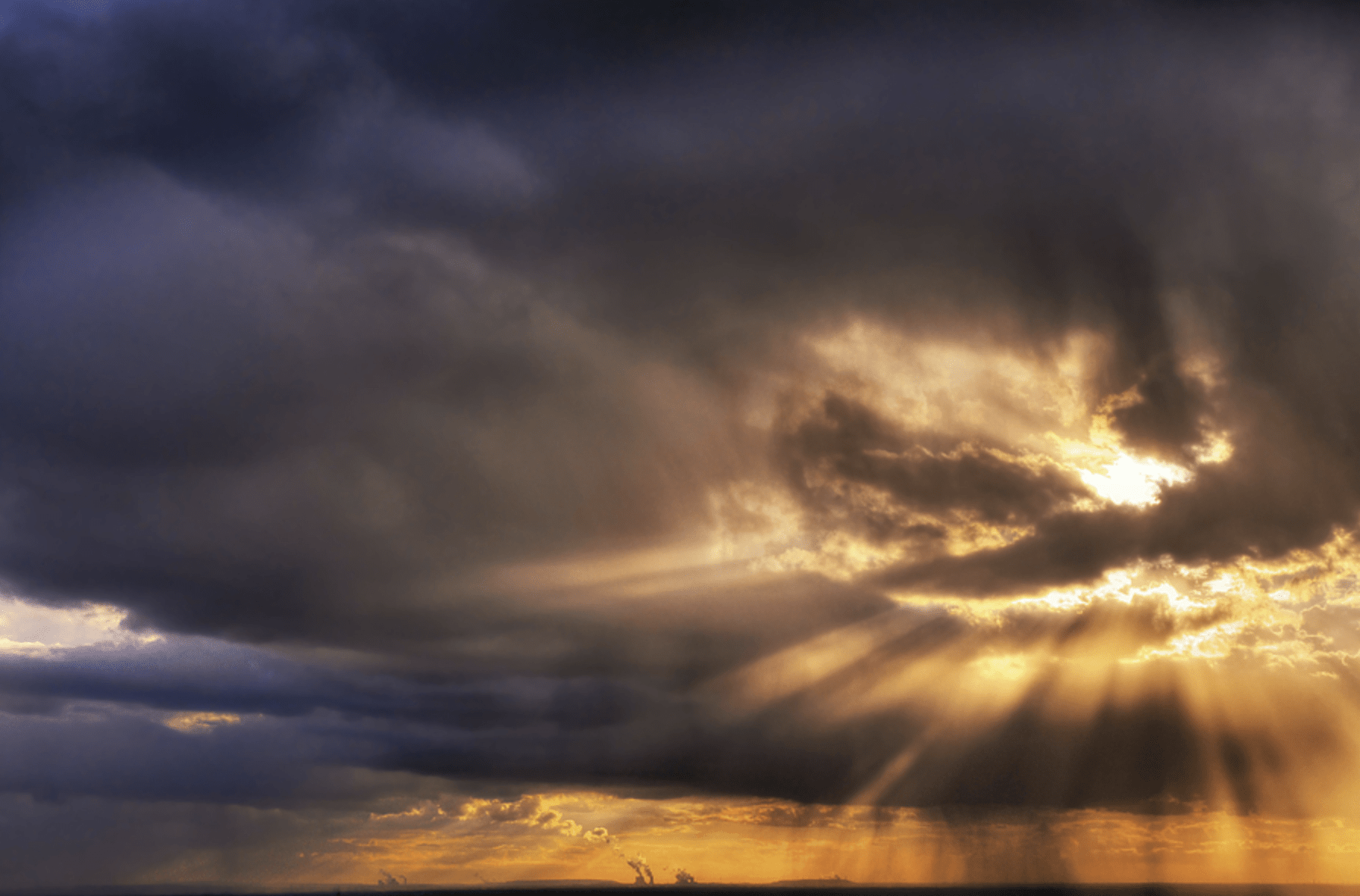
This is Harriet Witt, your guide… for this little ride… on our passenger planet… You can find what you’ve just read here—along with other maps of our cosmic journey—at www.passengerplanet.com

